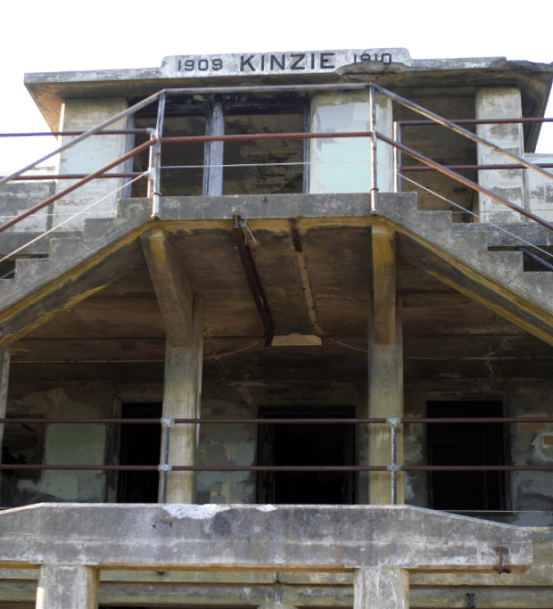Asbestos Exposure in the Military
Asbestos was heavily used commercially and industrially for most of the 20th century. The U.S. military adopted the use of asbestos in tools, equipment, and other applications due to its then-acclaimed properties. Asbestos was present in naval vessels, boiler rooms, aircraft, and even military barracks, exposing thousands of people to the harmful mineral. Exposure also occurred in overseas combat zones when asbestos-containing buildings were destroyed.
Home » National Mesothelioma Law Firm » Veterans » Military Asbestos Exposure
Because there are no immediate symptoms associated with the ingestion or inhalation of asbestos fibers, military personnel were unaware that they were exposed to a harmful substance.
Furthermore, manufacturers concealed the dangers of asbestos for decades to prevent public awareness and increase their bottom lines. This cover-up, in conjunction with the lack of symptoms, subjected military personnel to prolonged exposure to high levels of asbestos.
- Medically Reviewed By: Patricia Shelton, M.D.
- Legally Reviewed By: Jonathan Armour
- Last Modified February 21, 2024
How the Military Used Asbestos
The U.S. Armed Forces used asbestos extensively in multiple areas, exposing millions of service members. Every naval vessel was lined with asbestos, exposing personnel in the navy and other branches, as navy ships were used to transport personnel in other branches to and from deployments.
Asbestos was used in boiler rooms and in propulsion equipment on navy ships, resulting in heavy exposure to navy personnel working below deck in these areas.


It was also heavily used in the repair and maintenance of navy vessels. Personnel in shipyards and drydocks handled asbestos directly with no knowledge that it was harmful.
Asbestos was used in many components of military aircraft and other vehicles. Army, navy, airforce, and marine personnel were exposed while performing any tasks associated with the manufacture, maintenance, or repair of military vehicles.
It was used in floor and ceiling tiles of military barracks, both at home and abroad. This means those with occupational exposure inhaled asbestos all hours of the day, while those who were not exposed at work still did not escape exposure.
Exposure During Conflicts
When buildings are destroyed due to explosions, fires, or other causes, asbestos fibers become airborne in large quantities. These particles can remain airborne for months after the incident.


The Extent of the Exposure
Although the dangers of asbestos are now widely known, many asbestos-laden buildings still stand. Personnel who are deployed overseas continue to face the prospect of significant asbestos exposure.
Asbestos is still legally used in limited applications, including in some friction-based automotive components and construction applications. Asbestos-related diseases have not come close to running their course. The full extent of this disease and military asbestos exposure will not be known for decades to come.
By submitting this form, you agree to our terms & conditions. Please read the full disclaimer



